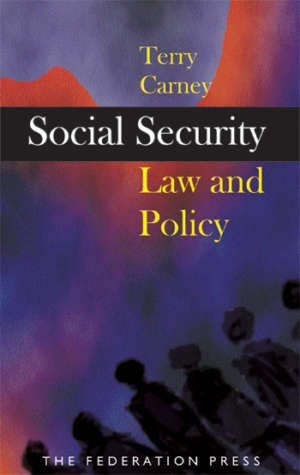Product Description
During the 1980s, Australia remade its ‘adult guardianship’ laws that governed people unable to manage their own affairs or property. The reforms embraced UN principles and took a common pattern with reformist North American and European countries – with one key exception. The rest of the world chose courts to administer the laws; Australia created specialist multi-disciplinary tribunals.
This book compares the work of guardianship tribunals and courts and argues forcefully that Australia’s adult guardianship experiment in popular justice is a success.
Carney and Tait present work on the Australian tribunals in NSW and Victoria and compare them with overseas studies on courts (and the Family Court of Australia). On every measure tribunals outperform courts. They are more inclusive. They pay more attention to social context and functioning, and are better at incorporating the affected person into the hearing, striking an ‘alliance’ with them. Courts, by contrast, favour alliances with families and the medical profession. Even in areas where courts might be expected to perform better, they are less successful than the tribunals, collecting and testing evidence and avoiding unnecessary intervention.
Introduction: Tribunals and substitute decision-making
Popular justice/ Substitute decision-makers/ Responsibilities of guardianship forums/ An empirical focus/ The analysis
Historical background
Guardianship as protection / Confinement and control/ Reformed guardianship procedures/ Australian reforms/ Conclusions
Legislation
Introduction/ Institutional framework/ Key participants/ Some key differences between jurisdictions/ Conclusions
Popular justice and citizenship
Introduction/ Paradoxes of guardianship/ Citizenship and the state / Conclusions
The research process
Data and methods/ Changes in the research approach/ Some alternative perspectives/ Conclusions
Judicial decisions: a statistical profile
Introduction/ Data sources for courts and tribunals/ Obtaining and weighing the evidence/ Matching the decision to the need/ Conclusions
Narratives of guardianship: Consensus, access or systemic change?
Introduction/ Comparison 1: Routine money management/ Comparison 2: Self-harm/ Comparison 3: Sterilisation/ Conclusions
The hearing process: Encounters and ceremonies
Introduction/ Hearings as encounters/ Hearings as ceremonies/ Court ceremonies/ Conclusions
Guardianship outcomes: Changed lifestyles, satisfaction, or disappointment?
Introduction/ Outcomes in court systems/ Outcomes in tribunal systems/ Conclusion
Structures of justice
Introduction/ New South Wales and Victoria: Organisational structures/ Comparison with court systems/ Conclusions
Conclusions
Introduction/ Court-tribunal comparisons/ The state and popular justice/ Citizenship and the state/ Lessons for judicial reform?/ Conclusion



